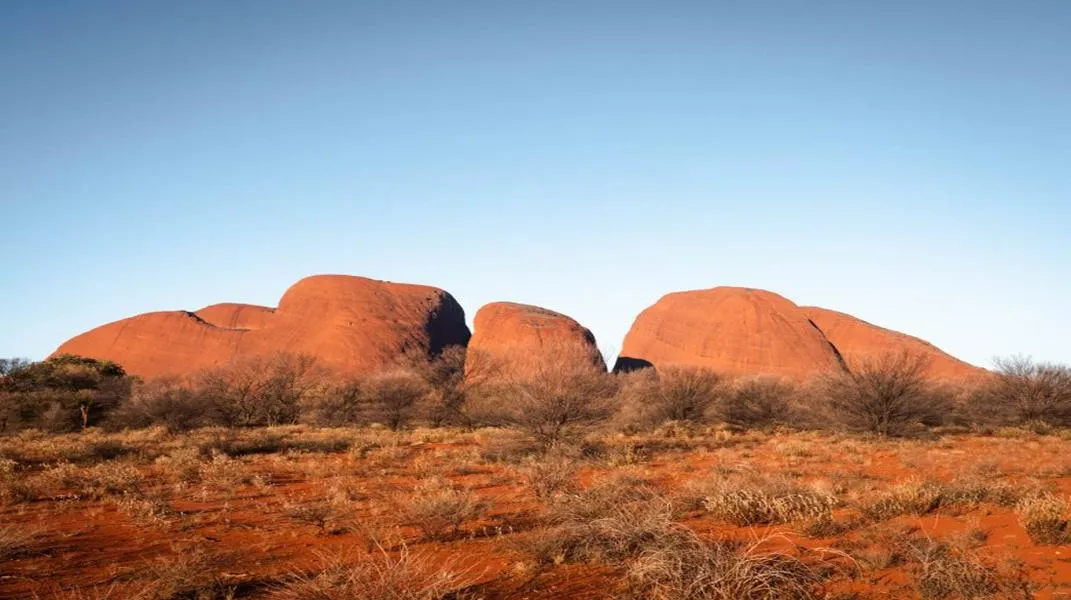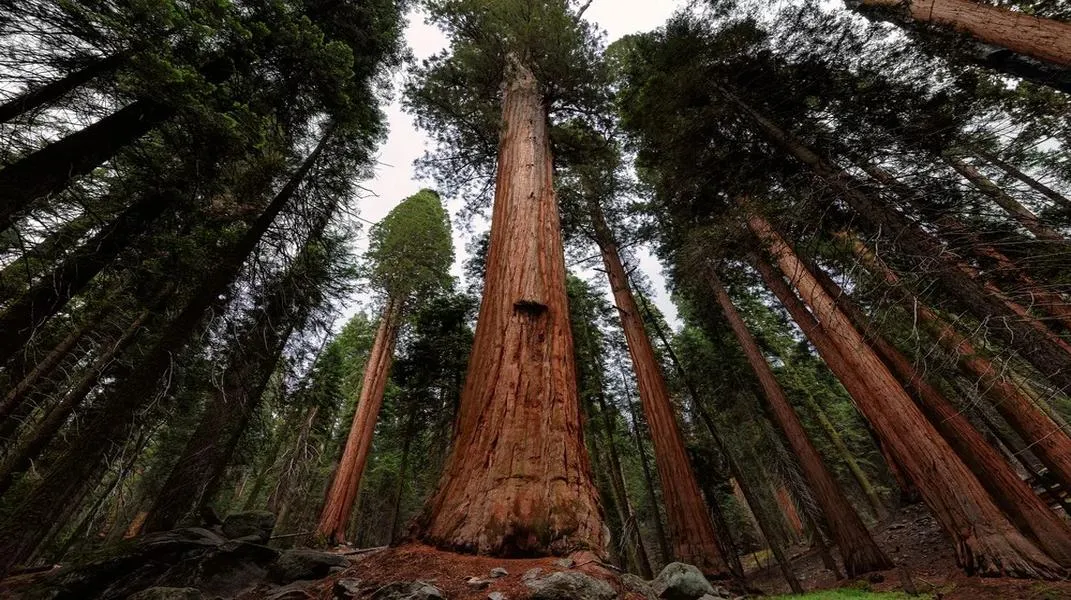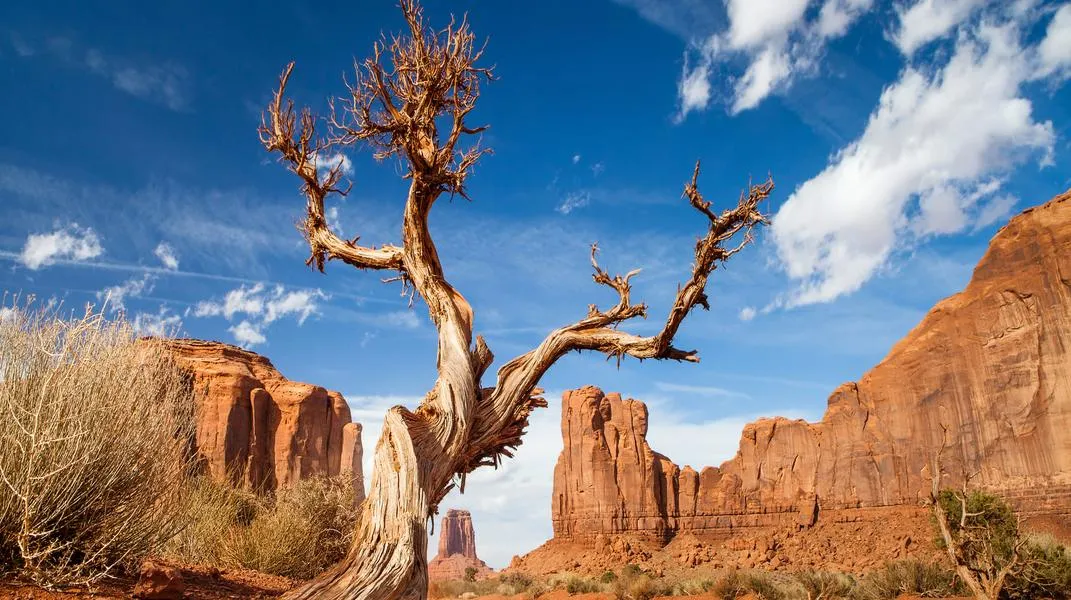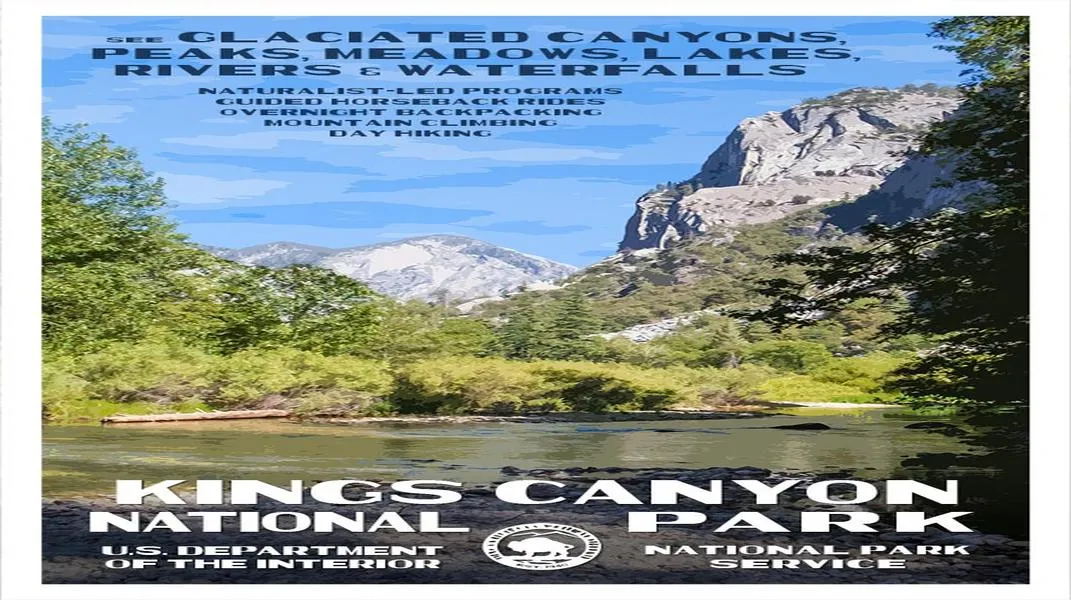Exploring Uluru-Kata Tjuta National Park: A Journey into the Heart of Australia
Nestled in the heart of the Australian outback lies one of the world's most iconic natural wonders: Uluru-Kata Tjuta National Park. This UNESCO World Heritage site is not only a breathtaking landscape of red rock formations and expansive desert, but it also holds profound cultural significance for the Anangu people, the traditional custodians of the land. With its stunning vistas, rich biodiversity, and deep-rooted spirituality, Uluru-Kata Tjuta National Park is a must-visit destination for travelers seeking adventure, culture, and connection with nature.

A Closer Look at Uluru and Kata Tjuta
Uluru: The Heart of Australia
Uluru, also known as Ayers Rock, is a massive sandstone monolith that towers 348 meters (1,142 feet) above the surrounding plain. It is approximately 9.4 kilometers (5.8 miles) in circumference and is renowned for its stunning color changes throughout the day, especially at sunrise and sunset when it glows with shades of red, orange, and purple. Uluru is not just a geological marvel; it is steeped in Anangu mythology and spirituality, with numerous stories associated with its formation and significance.
The Anangu people consider Uluru a sacred site, and visitors are encouraged to learn about its cultural importance. The park features several walks and viewing platforms, providing opportunities to appreciate Uluru's beauty while respecting the traditions of the Anangu.
Kata Tjuta: The Olgas
Located about 25 kilometers (15.5 miles) west of Uluru, Kata Tjuta, also known as The Olgas, is a group of 36 large, domed rock formations. The name "Kata Tjuta" means "many heads" in the local Pitjantjatjara language. Similar to Uluru, Kata Tjuta is a site of great cultural significance and is characterized by its rugged beauty and dramatic landscapes.
Visitors can explore Kata Tjuta through walking trails that wind through the domes, such as the Valley of the Winds walk, which offers stunning views of the formations and the surrounding desert landscape. The park is home to diverse flora and fauna, making it an ideal location for nature enthusiasts.
The Cultural Significance of the Park
Uluru-Kata Tjuta National Park is not just a natural wonder; it is also a living cultural landscape. The Anangu people have inhabited this area for thousands of years and have a deep spiritual connection to the land. Their culture, traditions, and stories are intertwined with the natural features of the park. The Anangu share their knowledge through guided tours, cultural experiences, and interpretive signage throughout the park.
Visitors are encouraged to engage with the Anangu culture respectfully. Photography is not allowed in certain areas, particularly sacred sites, and visitors should always adhere to the principles of "Leave No Trace" to preserve the land for future generations.
Preparing for Your Visit to Uluru-Kata Tjuta National Park
Visiting Uluru-Kata Tjuta National Park is a unique experience that requires some preparation. Here’s a comprehensive guide to help you plan your trip, ensuring you have everything you need for a memorable adventure.
1. Travel Arrangements
Getting There: The nearest major city to Uluru-Kata Tjuta National Park is Alice Springs, approximately 450 kilometers (280 miles) away. From Alice Springs, you can rent a car or take a bus tour to the park. The park is also accessible via flights to Ayers Rock Airport (Connellan Airport), which is just a 20-minute drive from the park’s entrance.
Accommodation: There are various accommodation options ranging from luxury hotels to campgrounds. The nearby township of Yulara offers several hotels, hostels, and camping facilities. It’s advisable to book your accommodation in advance, especially during peak tourist seasons (April to October).
2. Park Entry Fees
Visitors to Uluru-Kata Tjuta National Park are required to pay an entry fee, which contributes to the conservation of the park. The fee is valid for three consecutive days and can be purchased at the park entrance or online. As of October 2023, the fee is approximately AUD 38 for adults, with discounts for children and families.
3. Essential Packing List
To ensure a comfortable and enjoyable visit, consider the following items for your packing list:
- Clothing: Lightweight, breathable clothing is essential due to the arid climate. Layering is recommended, as temperatures can vary significantly between day and night. A wide-brimmed hat, sunglasses, and a scarf can help protect you from the sun. Sturdy walking shoes or hiking boots are a must for exploring the trails.
- Water and Snacks: Staying hydrated is crucial in the desert environment. Carry a sufficient supply of water (at least 3 liters per person per day) and high-energy snacks to keep your energy levels up during hikes.
- Sun Protection: Sunscreen with high SPF is important, as the sun's rays can be intense. Apply it liberally and reapply throughout the day.
- Camera and Binoculars: Don’t forget your camera to capture the stunning landscapes and wildlife. Binoculars can enhance your wildlife viewing experience, allowing you to spot birds and other animals from a distance.
- First Aid Kit: A basic first aid kit should include band-aids, antiseptic wipes, insect repellent, and any personal medications you may need.
- Guidebook or Map: While the park is well-marked, having a guidebook or map can enhance your understanding of the area and its cultural significance.
4. Respecting the Environment and Culture
As you prepare for your visit, it’s essential to respect the environment and the cultural heritage of the Anangu people. Here are some guidelines to follow:
- Avoid Climbing Uluru: The Anangu ask visitors not to climb Uluru, as it is a sacred site. Climbing is not only disrespectful but can also be dangerous due to changing weather conditions.
- Follow Park Guidelines: Stay on marked trails and paths to protect the fragile ecosystem. Be mindful of wildlife and observe from a distance.
- Cultural Sensitivity: Engage with local guides and participate in cultural experiences to gain a deeper understanding of Anangu traditions. Respect any signs indicating restricted areas and be aware of the significance of the sites you visit.
5. Experiencing the Park: Activities and Attractions
Uluru-Kata Tjuta National Park offers a variety of activities and attractions to enhance your visit:
- Guided Tours: Join a guided tour led by Anangu guides to learn about the cultural significance of Uluru and Kata Tjuta. These tours often include stories, traditional bush tucker, and insight into the local flora and fauna.
- Walking Trails: Several walking trails in the park cater to different fitness levels. The Base Walk around Uluru is a popular choice, allowing you to appreciate the rock's grandeur up close. The Valley of the Winds walk at Kata Tjuta offers breathtaking views and a chance to explore the unique rock formations.
- Sunrise and Sunset Viewing: Witnessing the sunrise or sunset at Uluru is a magical experience. Popular viewing areas provide the perfect backdrop for capturing the changing colors of the rock.
- Field of Light: Experience the stunning art installation "Field of Light" by artist Bruce Munro, which features over 50,000 illuminated spheres that light up the desert landscape at night. This immersive experience is a must-see for nighttime visitors.
- Cultural Center: Visit the Uluru-Kata Tjuta Cultural Centre to learn more about the Anangu culture, history, and connection to the land. The center features informative exhibits, art galleries, and a gift shop showcasing local artisans.
6. Safety Tips
While exploring the park, it’s important to prioritize safety:
- Stay Hydrated: Drink plenty of water, especially during hikes. Dehydration can occur quickly in the desert environment.
- Be Aware of Weather Conditions: The outback can experience extreme temperatures, so check the weather forecast and plan your activities accordingly. Avoid hiking during the hottest parts of the day.
- Wildlife Awareness: Be cautious when encountering wildlife. While most animals are not aggressive, it’s best to observe them from a safe distance.
- Emergency Contacts: Familiarize yourself with emergency contacts and services available in the park. In case of an emergency, dial 000 for assistance.
Conclusion
Uluru-Kata Tjuta National Park is a destination like no other, offering visitors a unique blend of natural beauty, cultural richness, and unforgettable experiences. Whether you’re standing in awe of the towering monoliths, learning about the ancient traditions of the Anangu people, or exploring the diverse landscapes, every moment spent in this remarkable park is sure to leave a lasting impression.
Preparation is key to making the most of your visit. By planning your trip, respecting the environment and cultural heritage, and engaging with the local community, you can create a meaningful and enriching experience in one of Australia’s most treasured landscapes. So pack your bags, embrace the spirit of adventure, and embark on a journey to discover the wonders of Uluru-Kata Tjuta National Park!




